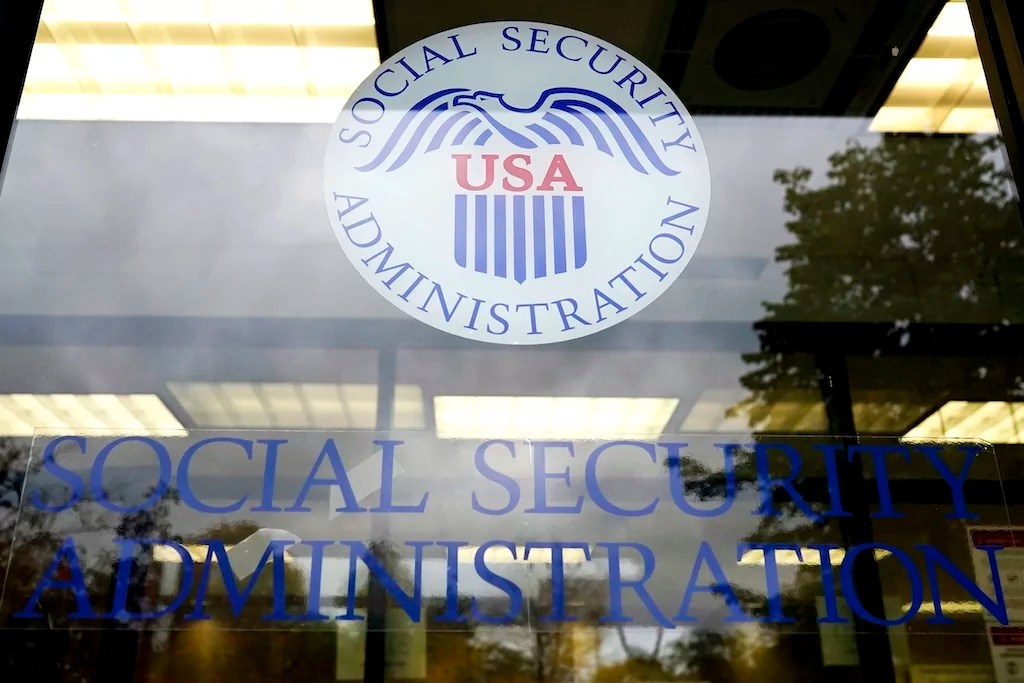New data reveals an increase in maternal age alongside a decrease in birthrate.
More Women Having Children Later in Life
The share of live births from American mothers over the age of 35 has risen by 4 percentage points since 2015, according to new data released Thursday by the Centers for Disease Control and Prevention.
The latest statistics from the CDC reveal that teenage pregnancy rates are continuing to decline, while more women are choosing to have children later in life. While this trend may be empowering for women who want to establish their careers before starting a family, it also comes with increased risks for both maternal and neonatal health.
Older Mothers Account for Over 20% of Births
In 2022, women over 35 accounted for more than 20% of the 3.661 million births in the US. This is a significant increase from 2015, when only 16% of births were to mothers in this age group. The total number of births to women over 35 has also risen by over 101,000 compared to 2015.
Interestingly, the birthrate for women in their late 30s has tripled over the past 40 years, while women in their early 30s have also seen higher birthrates. However, birthrates for women in their prime reproductive years from 20 to 34 have not significantly decreased over the past four years.
Delaying Parenthood Due to Economic Uncertainty
One possible reason for the trend of women having children later in life is economic uncertainty. Many women feel the need to establish their careers before starting a family, and the rising cost of raising a child only adds to the burden. In fact, the Brookings Institution estimates that a middle-class family would spend over $310,000 to raise a child born in 2015.
Risks for Older Mothers and Their Children
While there may be socioeconomic reasons for delaying parenthood, any pregnancy is considered medically high risk for both mother and child if the mother is over 35. Children conceived by women over 35 are at a higher risk for chromosomal abnormalities, such as Down syndrome. Additionally, the mother’s risk for developing preeclampsia and gestational diabetes significantly increases with age, as well as the risk for both miscarriage and stillbirths.
Despite these risks, the median age for first-time motherhood has increased to 30 years old, up from 27 years old in 1990. It remains to be seen whether this trend will continue in the coming years.
- Women over 35 accounted for over 20% of 3.661 million births in 2022
- The birthrate for women in their late 30s has tripled over the past 40 years
- Birthrates for women in their prime reproductive years from 20 to 34 have not significantly decreased over the past four years
- A child conceived by a woman over 35 is at a higher risk for chromosomal abnormalities
- The mother’s risk for developing preeclampsia and gestational diabetes significantly increases with age
It’s clear that more women are choosing to have children later in life, but this decision comes with increased risks for both mother and child. As the cost of raising a child continues to rise, it remains to be seen whether this trend will continue in the coming years.
" Conservative News Daily does not always share or support the views and opinions expressed here; they are just those of the writer."




